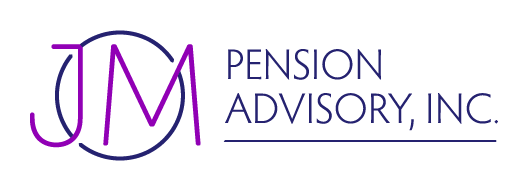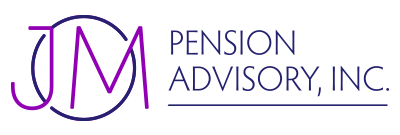This feature article focuses on the catch up contribution requirement beginning January 1, 2024. Check later newsletter issues for discussion on the “super catch up” for those ages 60 to 63, effective beginning January 1, 2025.
Prior to the enactment of SECURE Act 2.0, an employee who was or will be age 50 or greater in that current tax year could defer additional monies to their 401k plan. Those additional contributions are called “catch up”. This is a great way for older employees to save more for their retirement.
The catch up contribution limits change yearly along with the 401k limits. For 2023, the catch up contribution limit is $7,500. An individual can select whether those dollars will be deferred on a pre-tax basis, a “Roth” (or after-tax) basis, or a combination. SECURE Act 2.0 changed that effective January 1, 2024.
The new requirement states that anyone who earned $145,000 or more in 2023 (earnings defined as subject to FICA) must contribute his/her catch up deferrals as Roth (meaning, on an after-tax basis). Until guidance is issued, employers and service providers are worried about how to implement this requirement. Many special interest groups have requested priority guidance, transition relief and delayed effective dates to provide employers sufficient time to work with their payroll and recordkeeping providers to implement this change. We will keep you posted on any changes or guidance to this requirement.


